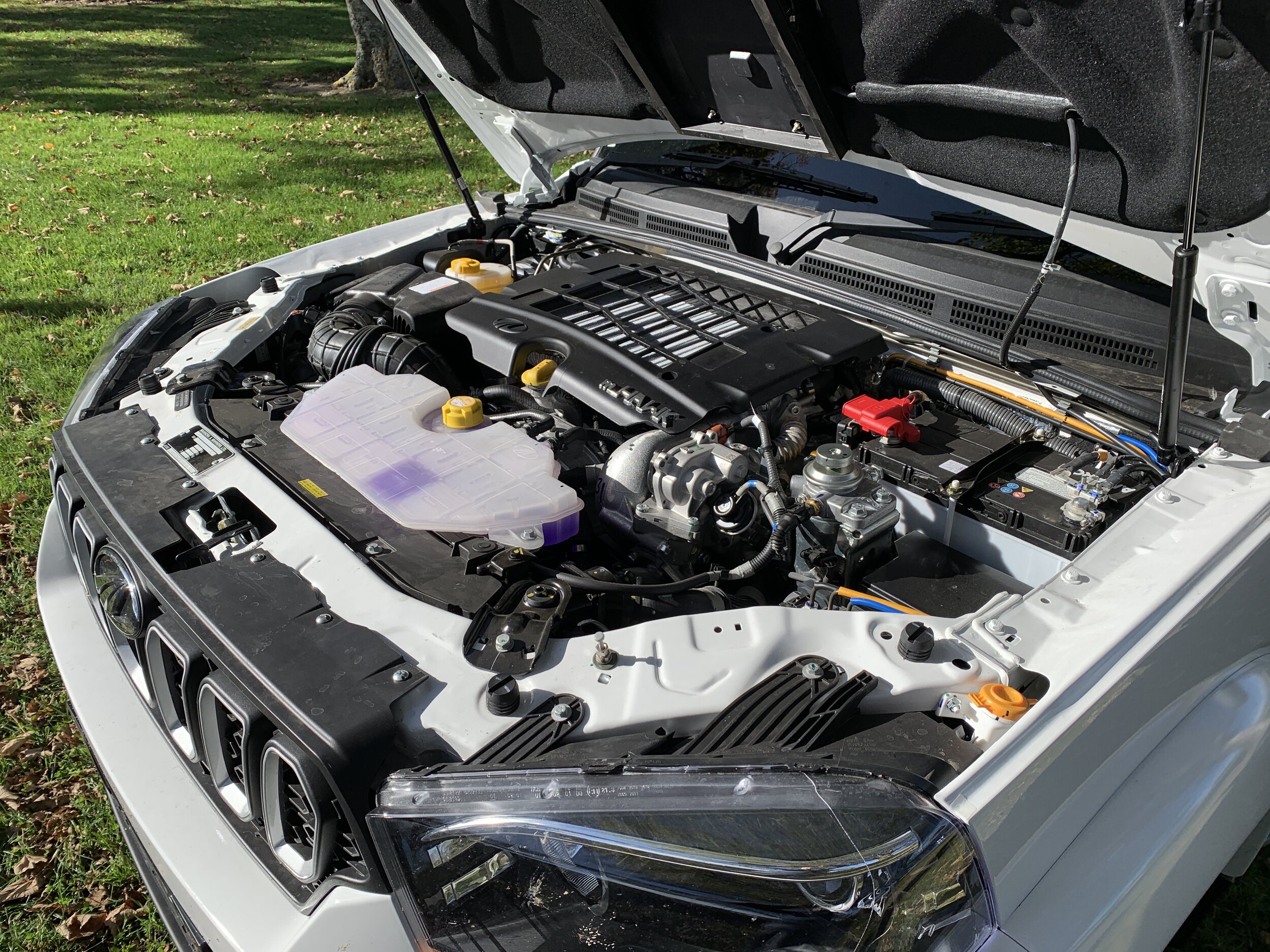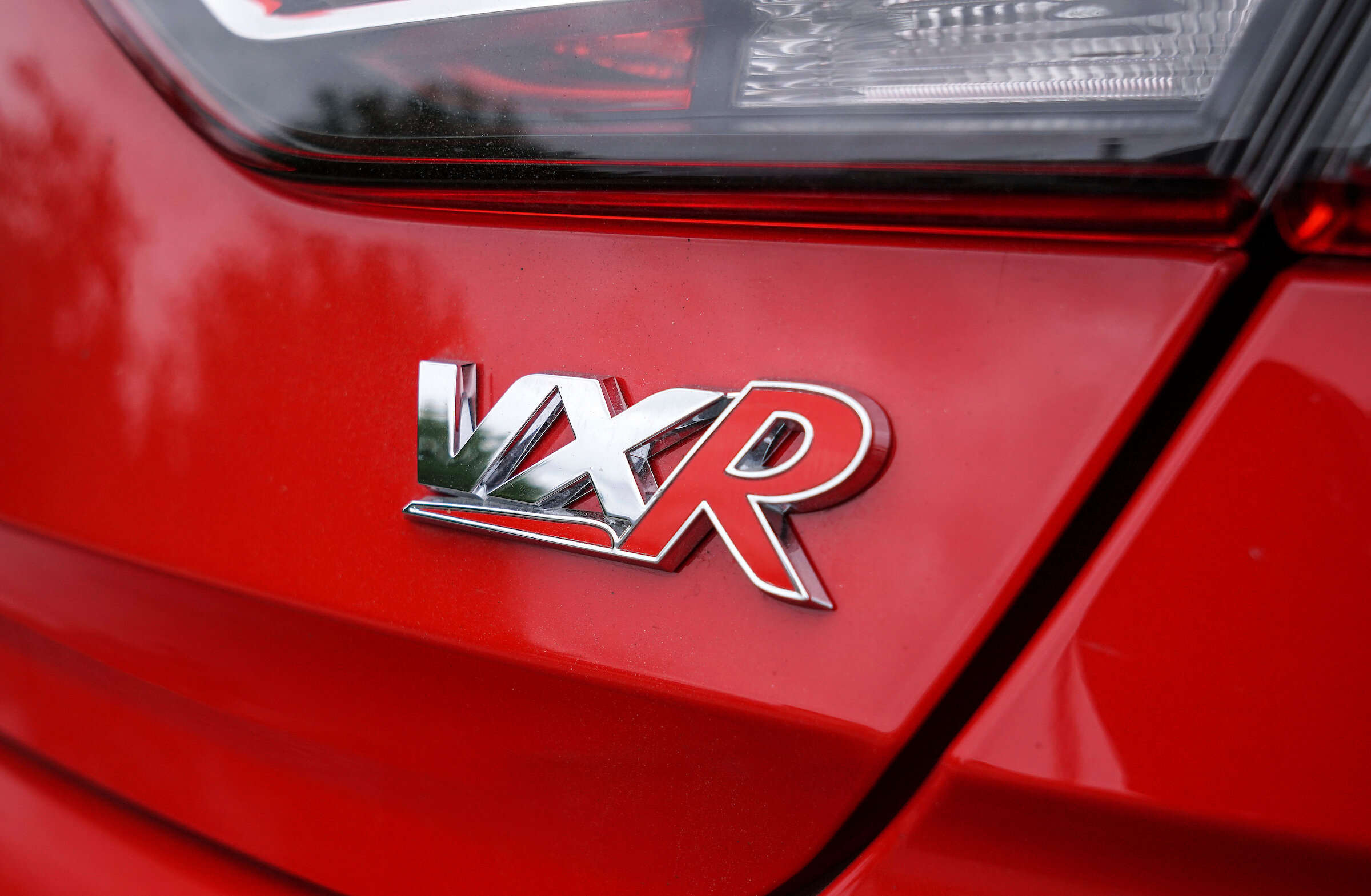Drive to defeat Covid-19
/Carmakers are thinking hard about how to turn cabins into safe spots.
WORRIED that even big doses of disinfectant mightn’t keep coronavirus out of your vehicle?
So, it seems, are car makers. Which is why they are looking to employ other, sometimes more extreme methods.
How long, then, before the vehicle in your driveway can maintain bug-free status through using ultraviolet light, really high-tech air filtration or even just as a result of turning up the heat really high?
These are the methodologies coming to the fore. Latest to hit headlines is Ford’s hot shot approach.
As the images today show, the “heated software enhancement” system is literally a matter of turning up the heat.
We’re talking hot. As in generally ‘beyond Sahara in summer’ hot. Fifty-six degrees Celsius is generally well above the maximum settings that your vehicle’s own system is usually designed to achieve and within a range considered risky for prolonged safe human tolerance.
However, it’s what the doctor – or at least researchers at Ford Motor Company in Detroit and Ohio State University – have ordered as being effective in terminating any viral elements that might be lingering in a vehicle’s cabin.
The research has hit the front line, in that it has fitted the Police Interceptor Utility vehicle it builds for law enforcement use in North America with a new cabin heating feature designed to “inactivate” any virus particles.
The New York City Police Department, Los Angeles Police Department and Michigan State Police have participated in field-testing the system, which works by baking the car’s interior at 56C or higher for 15 minutes.
The software purposely increases the engine temperature and raises the climate control and fan settings to these new maximum settings then enables a subsequent cooldown protocol at the end of the cycle.
To ensure officers know when the system is operational, a series of pre-set flash sequences are carried out by the hazard and tail-lights with a separate sequence displayed at the end of the cycle during cooldown.
And yes, there are precautions against inadvertent use. In latest cars it only triggers by pressing cruise control buttons in a certain order, while earlier models require an external tool that connects via the OBD port.
Ford chief product development and purchasing officer Hau Thai-Tang said first responders were in dire need of protective measures given they were on the front line protecting everybody else.
“We looked at what’s in our arsenal and how we could step up to help,” he said.
“In this case, we’ve turned the vehicle’s powertrain and heat control systems into a virus neutraliser.”
According to Ohio State University department of microbiology laboratory supervisors Jeff Jahnes and Jesse Kwiek, “exposing coronaviruses to temperatures of 56C (or 132.8 degrees Fahrenheit) for 15 minutes reduces the viral concentration by greater than 99 percent on interior surfaces”.
Ford meanwhile says that the system adds an extra level of thoroughness to the sanitisation guidelines approved by Centres for Disease Control and Prevention given that heat can “seep into crevices and hard-to-reach areas, helping reduce the impact of human error in applying chemical disinfectants”.
Ford police brand marketing manager Stephen Tyler described Covid-19 as an “invisible enemy” and said he was proud Ford was able to provide a solution.
So, keen to get your Fiesta, Ranger or Mustang all toasty? Sorry, it’s a no-go.
The make has made clear a system designed to be used in conjunction with proper cleaning methods is not, for reasons of safety (and, dare we say it, common sense – you could imagine the lawsuits from inappropriate use), going to transfer into civilian vehicles.
So that’s one approach. What is coming to the boil? In general, car makers are looking at employing more antimicrobial materials and easier-cleanable surfaces. They are also assessing the quality of air filtration systems. Geely, the parent company of Volvo, reckons the set-up for its new Icon electric car will achieve the N95-certification meted medical masks.
Hyundai is well advanced its bid to use ultraviolet light sterilisation technology that would be installed like a dome light in its vehicles. This could be taking a cue from the grenlite (pronounced ‘greenlight’) device shown off by a Michigan-based tech firm, GHSP, at CES this year. This sterilises a vehicle when sensors detect there are no occupants, automatically scheduling new cleansing cycles when needed — and is already in use in emergency vehicles in three US states.
Another specialist in cleaning, Faurecia, is also looking at foggers that would spray a disinfectant such as hydrogen peroxide. Vehicle assembler Magna is evaluating “an ozone-generating system.”
Not so keen on any of these measures? You’re in a minority. When car owners were surveyed in five countries, 80 percent said they'd pay extra for technology that could sterilize a vehicle. Another survey just out has found a third of vehicle shoppers thinking about "air quality features" in a future car purchase.
















































